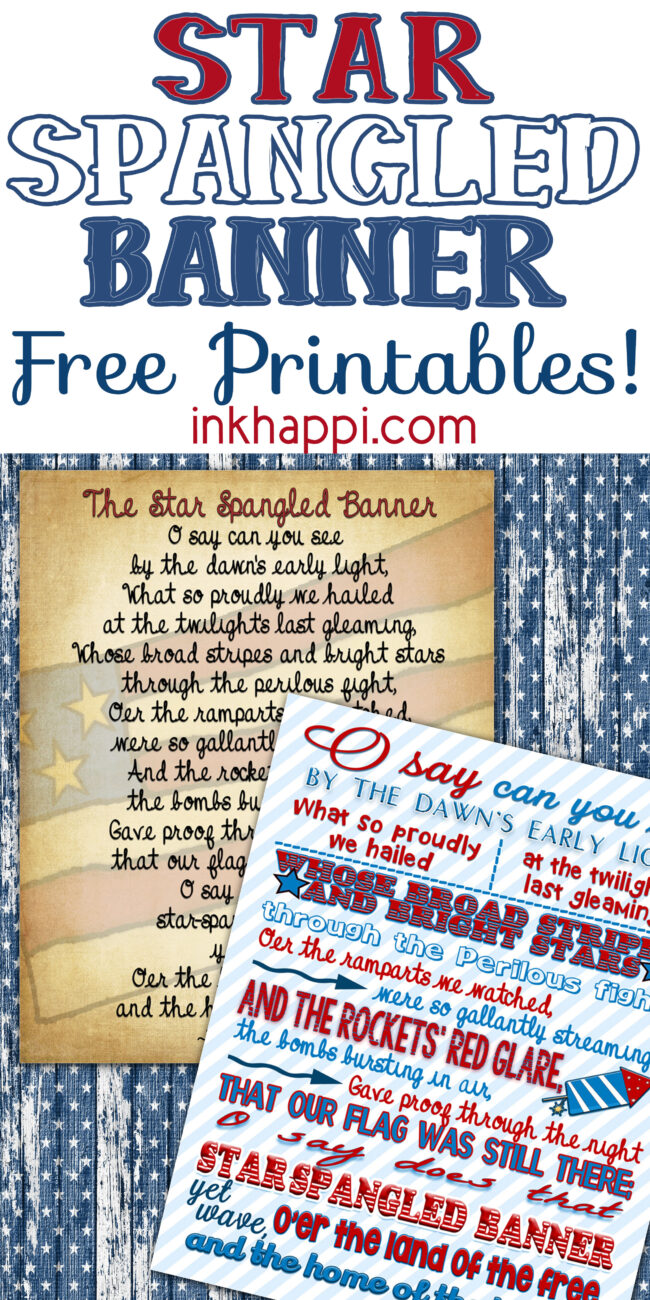

This reputation is due to the multitude of Hellenistic and Byzantine imitators, whose "Anacreontea" overemphasized the erotic and bibulous element, and substituted sugary, though sometimes charming, frivolity for the graceful freshness of the original. His relatively small cache of surviving verse is usually characterized by such adjectives as urbane, witty, and ironic, and to a considerable extent it does celebrate the twin joys of love and wine-Venus and Bacchus.īut he was not the festive drunkard or amorous dotard of tradition. According to tradition, he died at the age of 85, perhaps in Athens, where he lived after 522 at the court of Hipparchus. (Courtesy, Library of Congress)Īnacreon was indeed a Greek poet, born about 572 B.C. What is the truth about the Anacreontic Society and its song? "Did that society," as a member of a congressional subcommittee once asked, "do anything but drink, according to this folklore?" 3 Was its song really a drinking song, or was it something even worse? And did John Stafford Smith, whoever he was, in fact compose the music, as nearly everyone in recent decades has assumed? What facts lie beneath "this folklore"?įrom the first sheet-music edition of "The Anacreontic Song," pub. Each verse of the lyrics-just to give you an idea of what it was all about-closed with the couplet,Īnd, besides, I'll instruct ye, like me, to intwine Two members, Ralph Tomlinson and John Stafford Smith, got together and quickly came up with something called "To Anacreon in Heav'n," a ditty dedicated to the grand Dirty Old Man of Greek poetry. Back in the 1700s a bunch of rakes and roués belonging to the Anacreontic Society of London decided they needed a song to accompany their shameless carryings-on at the Crown and Anchor Tavern.

Not only is "The Star-Spangled Banner" unsingable and unpeaceable, but it's un-American as well. Our national anthem is about as patriotic as "The Stein Song," as singable as Die Walküre, and as American as "God Save the Queen.".

The author thanks the editors of the Quarterly Journal of the Library of Congress for their cooperation in making this account available to many musicians who do not ordinarily see the Journal.īut why, some may ask, all this scholarly pother about the national anthem and its tune? Isn't it a fact that the anthem was born in battle during the British attack on Baltimore in September 1814? 1 Doesn't everybody know that the tune comes from "an old English drinking song"? What about the complaints one hears today that "The Star-Spangled Banner" is both unsingable and unsuitable? Perhaps the most lurid of these complaints was voiced in a 14-page article that began: No interdisciplinary study of the anthem having materialized, and no long-hidden source having come to light, the author decided to do his Bicentennial bit by trying his own hand at finding proof of the origin of the tune (an interdisciplinary study being beyond his sights) and also at putting forward some thoughts on the disconcertingly moot views held by many persons on the subject of "The Star-Spangled Banner." Some traveling, much digging into sources familiar and unfamiliar, and-Laus Deo!-a bit of luck combined to provide the following historical account, which is based upon an article that appeared in the July 1977 Quarterly Journal of the Library of Congress. That was that, until the Bicentennial Year finally turned from future into fact.

Where did the tune come from-John Stafford Smith, or one who is nameless in history?" In closing, after discussing two then-recent books on the anthem, we observed that "unless some long-hidden proof as to the origin of the tune is henceforth discovered or adduced, the Svejda and Filby-Howard books are likely to represent for some time to come an end to historical studies of 'The Star-Spangled Banner.'" Pointing out various features of the anthem and its history that invite the attention of everyone from poet to meteorologist, we remarked that even "the music library cannot be neglected. 94-102) took a quizzical but unashamed look at the angled thickets of "Star-Spangled Bibliography," suggesting the national anthem in all its aspects as a topic ripe for interdisciplinary study-more attention to interdisciplinary studies having been called for by several writers in the previous volume. was only 196 years old, S YMPOSIUM (1972, Vol.


 0 kommentar(er)
0 kommentar(er)
